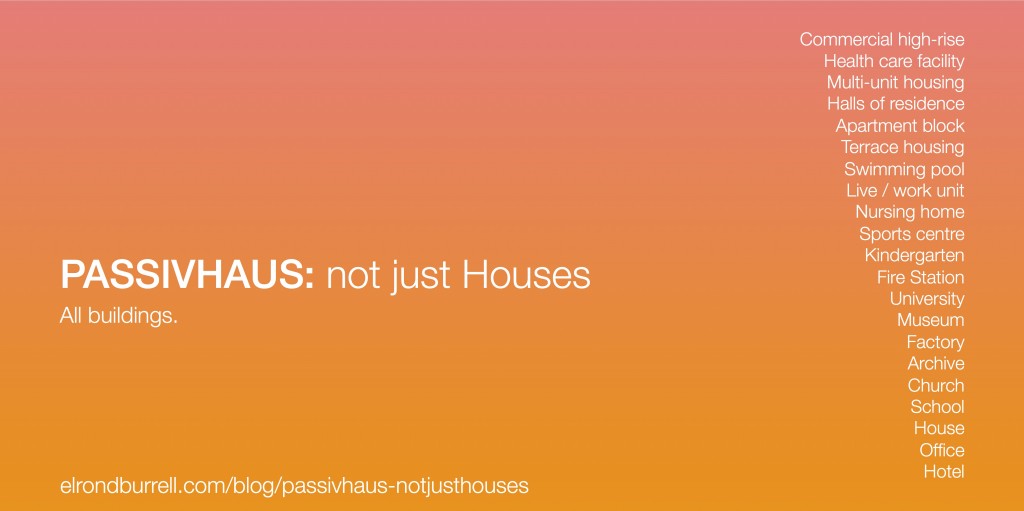It is often assumed that the Passivhaus Standard only applies to individual houses, or perhaps semi-detached or terraced houses. It is true that the Passivhaus Standard was originally developed for houses. And the translation of the German word “Passivhaus” into English as “Passive House” reinforces this assumption. However, once established, the Passivhaus Standard rapidly expanded to include many other building types as people realised the benefits it consistently delivers. And as other types of buildings have been delivered to the Passivhaus Standard, the Passive House Planning Package used in the design and certification process has evolved and developed also. Now it is possible for almost any type of building to achieve certification to the Passivhaus Standard.
Quality assured design and construction, reliable indoor comfort and radical reductions in energy consumption – who wouldn’t want these outcomes for any kind of building?

